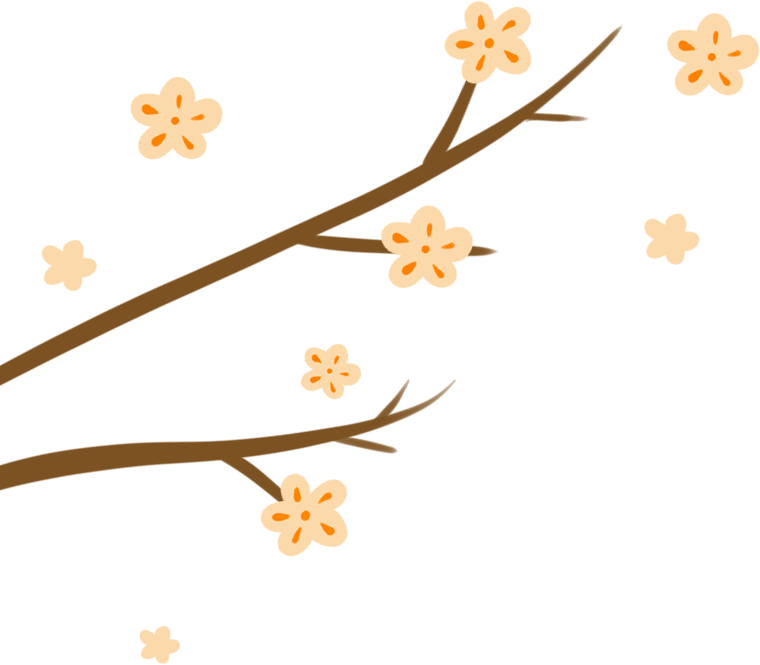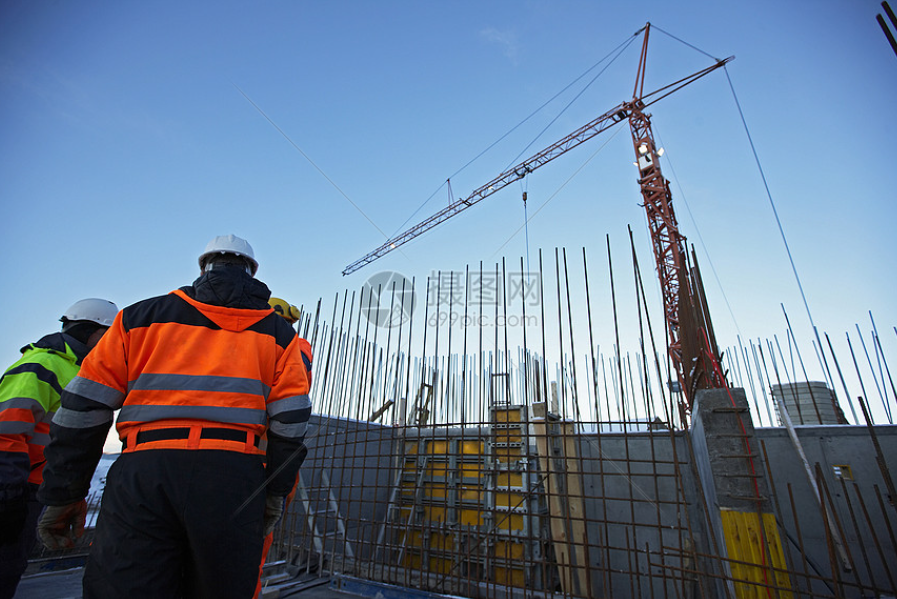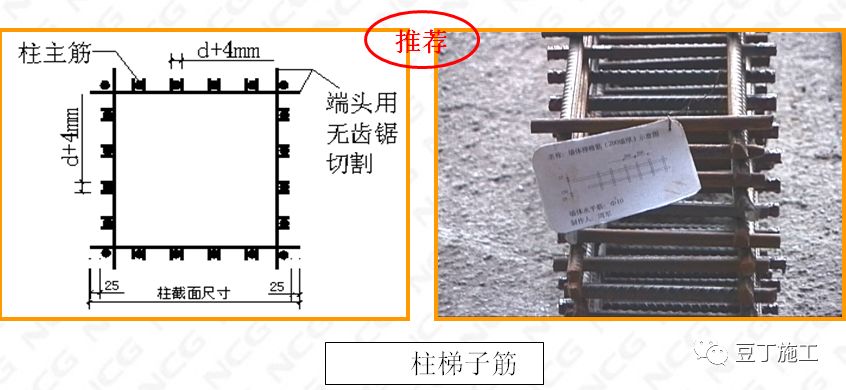Standing in it, the audience can see the ruins of the city wall directly above through the transparent glass ground.
Six long pieces hang from the top of the hall, according to which Dongwu, Eastern Jin, song, Qi, Liang and Chen are written.
Each human face tile has different expressions, vivid and interesting, laughing and scolding, reflecting all kinds of human forms.
2 on the first floor: the top of the entrance hall of the “looking back at the Six Dynasties” exhibition hall adopts a glass daylighting roof, which looks transparent and bright.
On the right side of the entrance of the exhibition hall, there is a huge tile wall.
The overall building is one floor underground and three floors above the ground, with a maximum of 24 meters.
In the hall on the first floor, in addition to the steel structure glass ceiling highlighting the beauty of structure and materials, the Beishi “moon door” on the North-South straight wall, and the 78 glass windows embedded between Beige limestone slabs on the ground, which are jokingly called “stars in the sky” by the design and construction team.
The exhibition hall on the first floor of the “Six Dynasties” in the “Six Dynasties” building allows us to explore the charm of the “Six Dynasties” in the “Six Dynasties” building, so that the visitors can explore the “Six Dynasties” in the “Six Dynasties” building, Walking by the Jiankang city wall of the six dynasties can not only enable visitors to obtain visiting information and feel the thick historical atmosphere, but also a kind of beautiful enjoyment.
There are four exhibition halls: “imperial capital of the Six Dynasties”, “looking back on the Six Dynasties”, “style of the Six Dynasties” and “heroes of the Six Dynasties”.
The gate of the Six Dynasties museum is in the south, facing Changjiang Road, echoing the new museum of Jiangsu Provincial Art Museum.
A large number of precious cultural relics such as celadon, pottery figurines, epitaphs, building components, stone carvings, calligraphy and painting, as well as the relics of Kangcheng city wall and large drainage facilities built in the Six Dynasties are displayed, and the stories of celebrities in the Six Dynasties are introduced.
Appreciate the beauty of architecture and taste the aftertaste of the Six Dynasties — Six Dynasties Museum Six Dynasties Museum Six Dynasties museum is located in Hanfu street, east of Dongjian road and north of Changjiang Road, Xuanwu District, Nanjing.
In the hall, there is a steel structure glass ceiling with beautiful materials, and the glass window embedded between Beige limestone slabs on the ground.
Fixing Socket Cross Hole Nail Plate
The Six Dynasties museum is designed by a senior design team led by Mr.
The core theme of the exhibition of the museum is “oriental metropolis”, which is divided into four chapters to elaborate the theme of the oriental metropolis from the 3rd to the 6th century.

162 tiles are orderly, with lotus patterns, animal patterns and interesting human face patterns.
Through history exhibition, figure exhibition, boutique exhibition and story exhibition, from “city”, “people”, “things” Comprehensively display the history and culture of the Six Dynasties from the perspective of “beauty”.
The splendid culture of the Six Dynasties left many cultural allusions and historical sites in Nanjing.
Pei Jianzhong, the son of the world-famous architect I.M.
Pei, and systematically applies Pei’s architectural modulus, Pei style architectural geometry and Pei’s architectural light and shadow.

The glass window is embedded into the hall ground, so that the site space and the ground modern space blend with each other, and there is emptiness in reality.
It is the most comprehensive Heritage Museum in China to display the cultural relics of the Six Dynasties, and it is also the most systematic thematic museum to reflect the culture of the Six Dynasties.
This period is also an important chapter in the history of the city and capital of Nanjing.
Right slip.
The Six Dynasties generally refers to the Six Dynasties of Wu, Eastern Jin, song, Qi, Liang and Chen in southern China from the beginning of the third century to the end of the sixth century (222-589).




